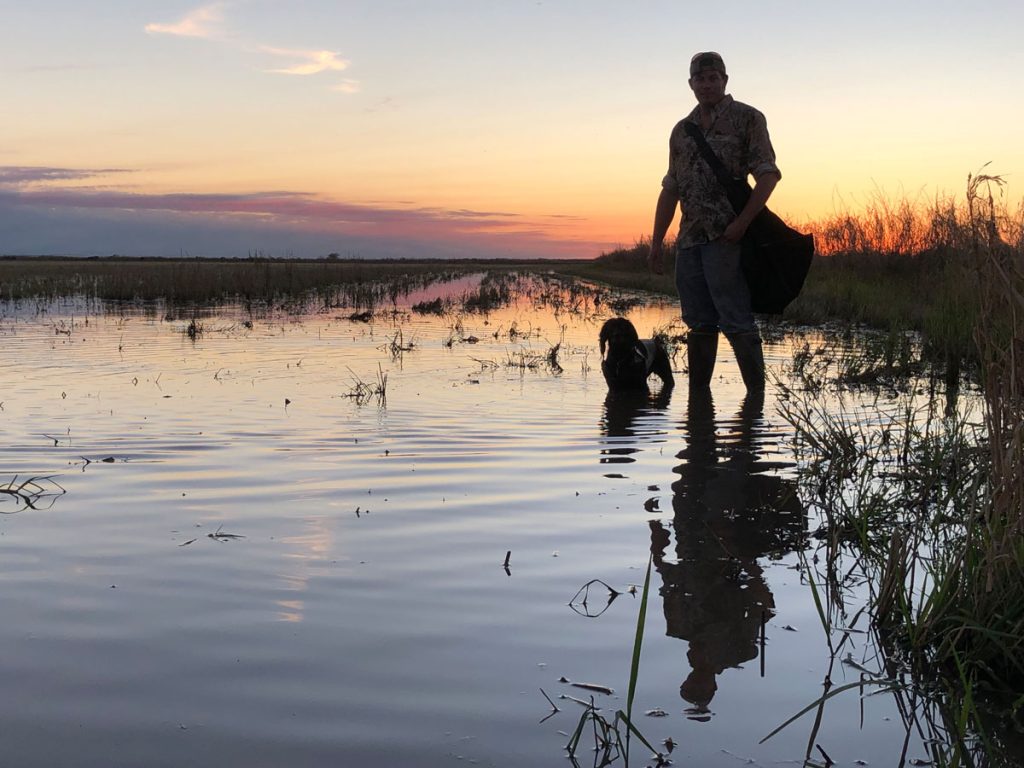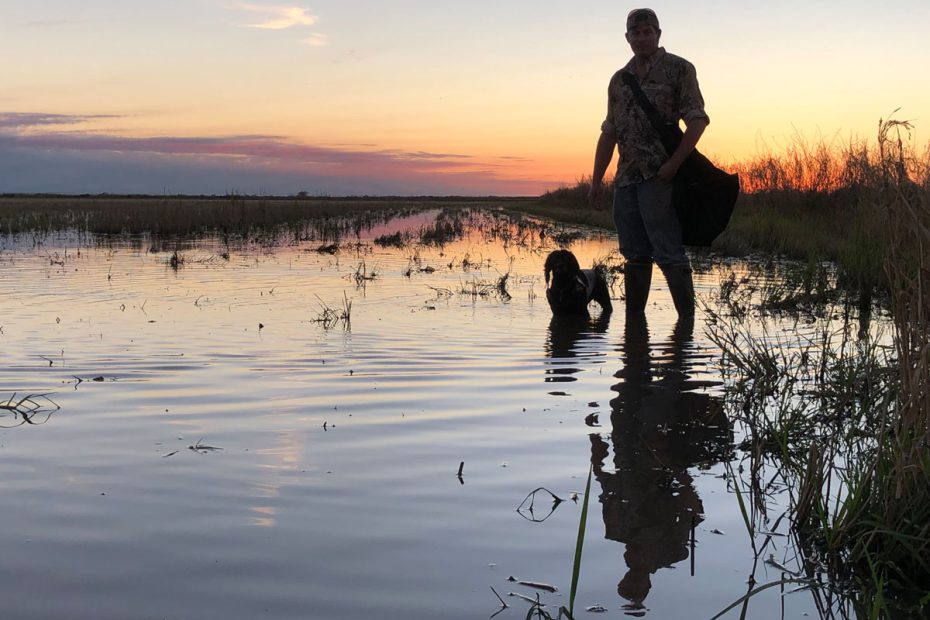After receiving a phone call from a close friend in Lafayette, Louisiana, I found myself intrigued. As an avid waterfowl hunter, I have conjured up many dream hunts I wish to experience in my life, such as sea ducks in Alaska and South American high volume shoots…the list goes on, but south Louisiana specks were not even on my radar. So when my friend, John Albert, invited me to come try hunting specklebellies, I was unsure what to expect. In my mind I saw 50 plus full body goose and 3-5 dozen duck decoy spreads in my future, equating to very early mornings and lots of muddy work. I could not have been more wrong. This new type of waterfowling was not only a ton of fun but very educational.

White-Fronted geese are very different from the Canada and snow geese I have chased in the past. Canada geese are normally hunted in dry agriculture fields using large decoy spreads and hunting snow geese require even more decoys. Specks do not require a ton of decoys at all to target. We never used more than 18 high-quality full body decoys during this hunt. For my first speck experience, we hunted harvested rice fields in south Louisiana holding 6 inches to 1 foot of standing water, however, I know from past experience that rice fields are not necessary to hunt these geese. The most surprising difference I found in specks versus other geese was their response to effective calling. Never have I seen a duck or goose respond to a call as consistently or effectively as speck’s.

Before my trip to South LA, the only specklebellies I had harvested were the occasional group or single that may fly in while targeting Canada geese. I was reminded of a hunt during college near Haskell, TX where the outfitter I was working with was complaining about the number of specks in the area. This was a problem for him because his group of four goose hunters would only be able to take one specklebelly each per day (limits are now 2 per day) and the area had very few Canada geese to fill the hunters remaining dark goose limits. This instance makes an important point for the goose hunter wishing to try their luck at targeting specks. Pay attention to the migration! When the specks are in your area and the Canadian are still up north…get your dozen decoys and go target a new goose.

Geese have a reputation of being a ton of work to hunt, but in the right time and place, specks can offer a really rewarding experience for waterfowlers. I’m not trying to tell the inexperienced speck hunters out there that buying a dozen speck decoys and a $25 speck call will equal instant success. What I am trying to say is that if you can sound like a speck, hide yourself, and have a dozen good quality speck decoys, these birds will surprise you. Hardcore speck hunters talk about these birds as an addiction and I can easily see myself becoming a speck nut in the future. Below I included a couple products we used in Louisiana and had success with, give the products a look and go try North America’s other goose…you can thank me later.

Avian X full body specklebelly decoys
